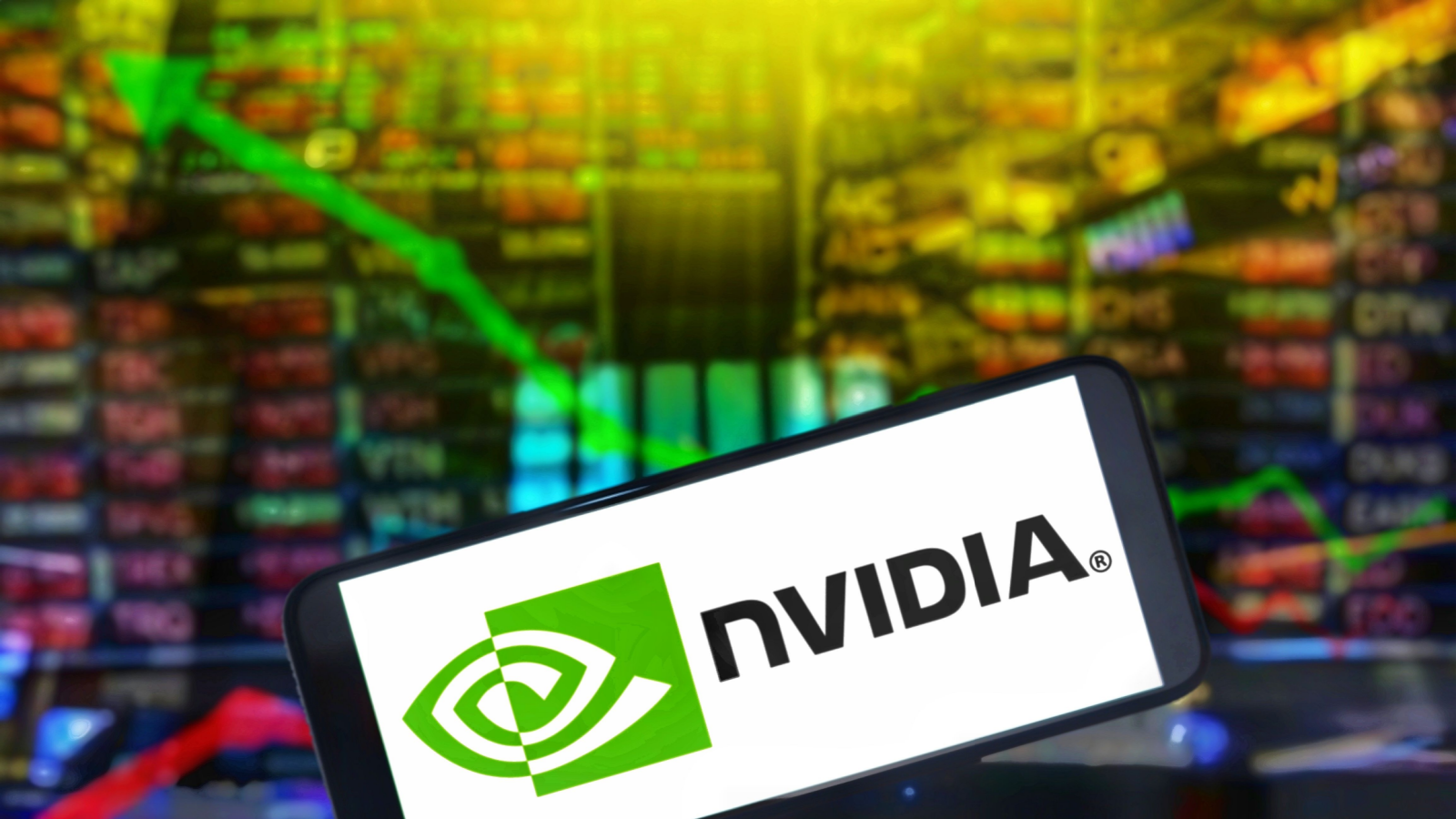Up well over threefold since January, Nvidia (NASDAQ:NVDA) has not only become one of the top-performing, most talked-about stocks. NVDA stock has also become a name that is difficult to figure out.
Excitement about, and initial strong results from, booming demand for generative artificial intelligence chips are the main reason behind this semiconductor stock’s jaw-dropping performance this year.
However, after this ‘AI super-rally,’ it is unclear what’s the best move to make, if you currently do not hold a position.
Those who bought NVDA during earlier rounds of the extended run-up have the luxury of taking some or most of their chips off the table, leaving a bit more to ride, in case the rally continues.
If you’re not in this category, you have a lot more to mull over, no matter what side of the trade you are thinking of taking. Here’s why.
The Risk of Going Long Today
For months, skeptical investors (including myself) have argued that Nvidia has become “priced for perfection” because of “AI mania,” leaving it vulnerable to a big drop in price.
However, the skeptics keep having to eat humble pie, as the AI investing trend persists, and shares continue bolting higher.
Yet while bullish investors keep winning with NVDA stock, the bull case remains on shaky ground. Shares today trade for around 60 times estimated earnings for this fiscal year (ending January 2024).
To sustain current prices, two things need to happen. First, Nvidia needs to beat, not merely meet, expectations. Second, the “AI bubble” needs to avoid bursting.
Admittedly, the first thing may be within reach. AI chip demand appears poised to keep rising. If demand among Nvidia’s non-AI end-users (such as in gaming) normalizes/bounces back, the company could continue to top forecasts.
The second thing, however, may be tougher to pull off. In time, all economic bubbles pop, or at the very least deflate. This leaves those willing to buy Nvidia at any price at risk of getting left holding the bag.
That’s not to say you’ll experience big losses if you buy now, but negative returns are extremely likely.
Going Short Isn’t Any Less Risky
When (not if) the AI bubble bursts/deflates, NVDA will likely experience some multiple contraction. For instance, let’s say the company manages to grow annual earnings from $7.89 per share to $13.66 per share over the next two fiscal years. This is what analyst earnings estimates currently forecast happening.
Instead of trading for 60 times $13.66 per share if expectations are dialed back, shares could change hands for $410 per share two years out. That’s around 12% below current prices!
Still, while the stock appears destined to fall, with shares likely temporarily falling to even lower prices during an AI sector sell-off, that doesn’t mean going contrarian on the stock (by shorting it or through put options) is a guaranteed profitable trade, either.
Bubble burstings are inevitable, yet trying to time this “when” one happens is a lot easier said-than-done.
As economist John Maynard Kenyes put it nearly a century ago, “markets can stay irrational longer than you can stay solvent.” NVDA could ultimately retreat to lower prices, but perhaps not before another temporary spike or two.
So Then, What’s the Best Move?
With little to indicate that the AI tailwinds with Nvidia are on the verge of flaming out, the market’s exuberance for all things AI will likely determine this stock’s next big move.
To me, this puts the stock in the same category as Tesla (NASDAQ:TSLA). Right now, both names can do no wrong in the eyes of the market.
This makes it both foolhardy to go along with the crowd (which could arbitrarily change its mind) and foolhardy to go against the crowd (which could bury a short position by bidding the stock to even loftier prices).
Make up your own mind on NVDA stock, but I’m sticking to the sidelines, and focusing on growth opportunities where the situation has yet to get out of hand.
On the date of publication, Thomas Niel did not hold (either directly or indirectly) any positions in the securities mentioned in this article. The opinions expressed in this article are those of the writer, subject to the InvestorPlace.com Publishing Guidelines.
